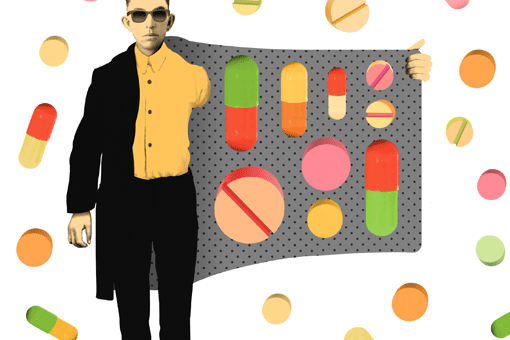When you’re sick, taking the right medicine is almost as important as finding a good doctor. But what if the medicine is fake? A black market in counterfeit or low-quality drugs is fast becoming the world’s newest health hazard.
Although the extent of drug counterfeiting is very difficult to assess, in 2005 Peter Pitts of the Center for Medicines in the Public Interest, a pharmacy industry-funded research organization, estimated that the size of the global counterfeit drug trade will approach $75 billion this year, more than double what it was eight years ago. An even more startling estimate by the World Customs Organization claims the number of fake medications on the market soared by 600 percent between 2007 and 2008, and its trade is currently valued at $200 billion a year.
t’s no surprise that black market statistics are hard to pin down. But there is little doubt about the global reach of black market medicine. Last year, counterfeit or fake drugs were found in over 100 different countries.
Latin America currently ranks second behind Asia as having the highest number of counterfeit drug “incidents,” report professional associations like the Pharmaceutical Security Institute (PSI), a nonprofit group made up of the world’s leading pharmaceutical companies. Fake medications have been identified in Argentina, Mexico, Brazil, Panama, Peru, Ecuador, Bolivia, Paraguay, Uruguay, Venezuela, Colombia, and Belize. In Mexico alone, the fake drug market was estimated to be $1.5 billion in 2008, or a disturbing 12 percent of the Mexican prescription drug market…





